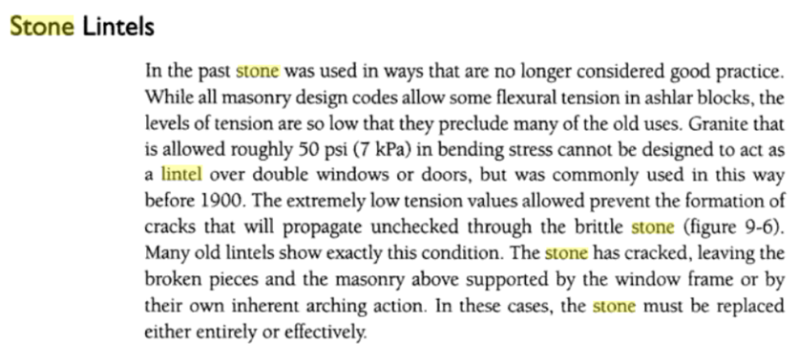bigmig
Structural
- Aug 8, 2008
- 401
I have a client who wants to place an 18" thick x 6'-5" wide x 10 foot long stone over an entry way....like walking under an arch more or less. The stone is tucked under the roof for 80% of its area so a majority of the load is self weight. Are there any design guides to a situation like this?
I would guess that a stone's ability varies by individual specimen, climate, freeze thaw action, etc.
I would guess that a stone's ability varies by individual specimen, climate, freeze thaw action, etc.


![[idea] [idea] [idea]](/data/assets/smilies/idea.gif)
![[r2d2] [r2d2] [r2d2]](/data/assets/smilies/r2d2.gif)